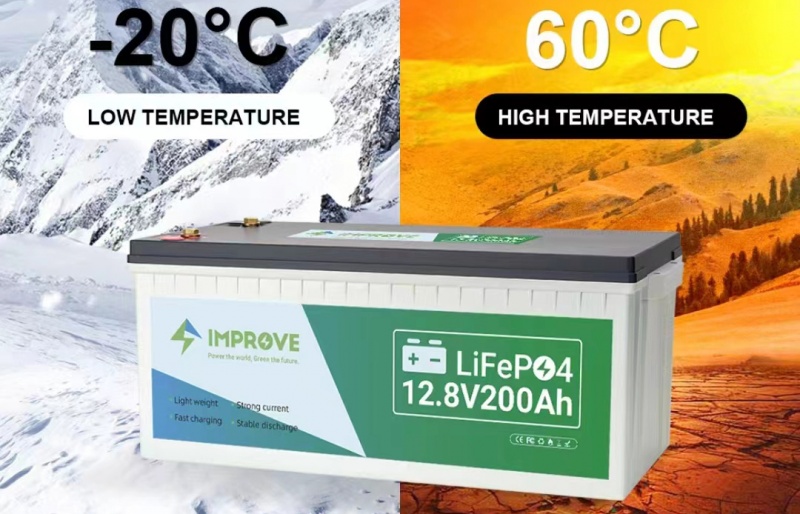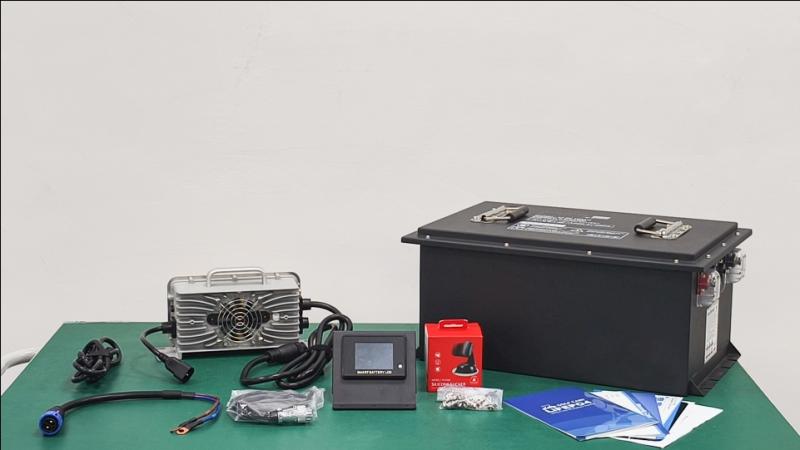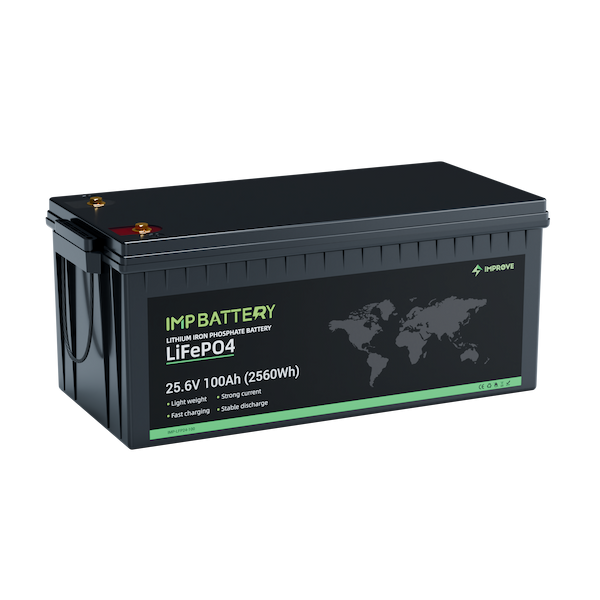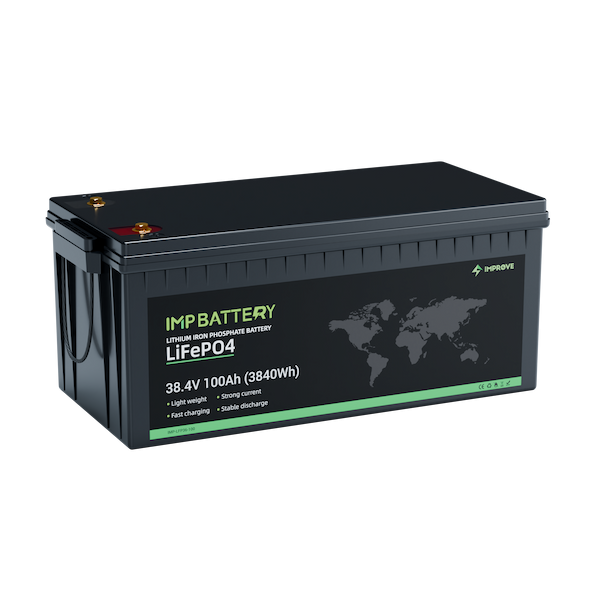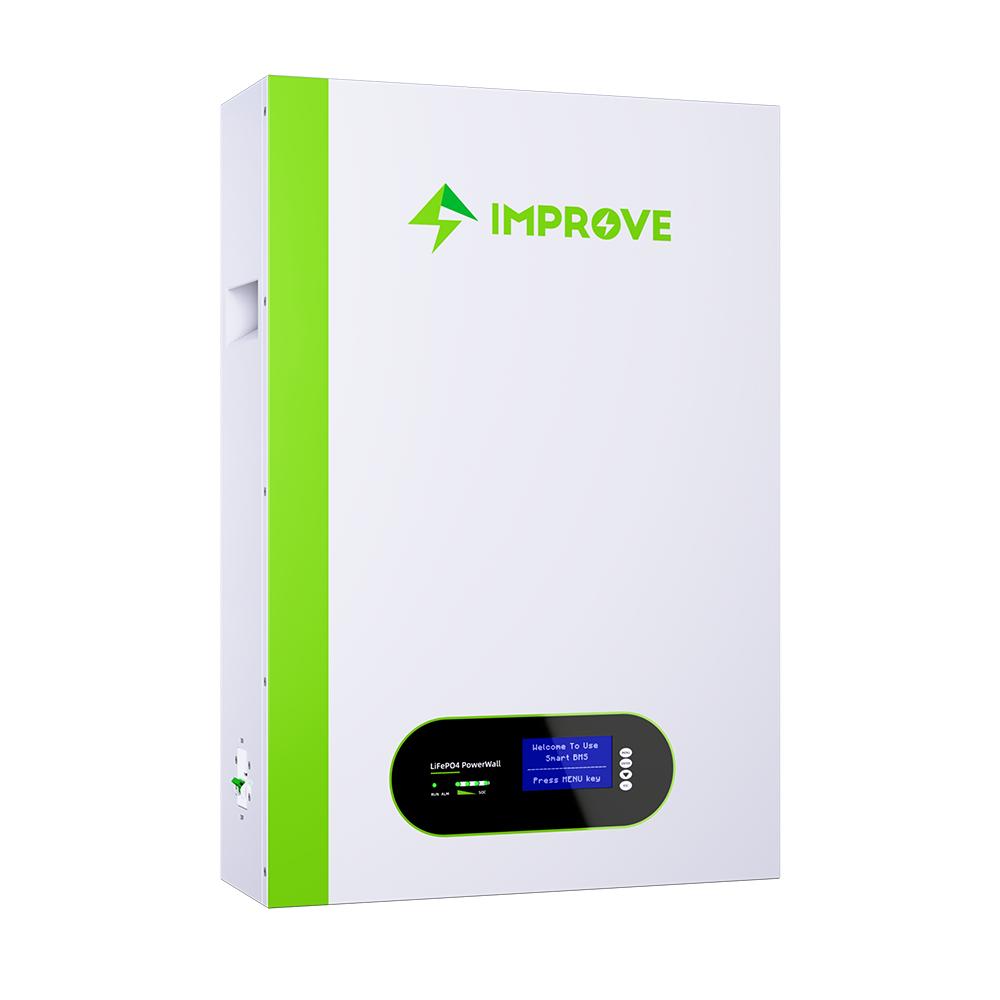At -20°C, the discharge capacity of LiFePO4 batteries is only about 31.5% of that at room temperature, which is a significant reduction. Traditional LiFePO4 batteries have an operating temperature range of -20 to +55°C, so improving their low-temperature properties is crucial.
Several factors contribute to the low-temperature performance limitations of LiFePO4 batteries. The viscosity of the electrolyte increases in low temperature environments, which can cause it to partially solidify and reduce the battery's conductivity. Additionally, compatibility issues arise between the electrolyte, negative electrode, and separator. When exposed to low temperatures, negative electrodes in LiFePO4 batteries become severely precipitated. The metallic lithium produced reacts with the electrolyte, causing product deposition and an increase in the thickness of the solid electrolyte interface (SEI). Furthermore, the diffusion system of lithium ion batteries in the active material is reduced, which increases the charge transfer resistance (Rct). Cathode and anode materials also exhibit low-temperature characteristics that can affect battery performance.
In comparison to positive electrode material, the negative electrode material in lithium ion batteries experiences a more significant deterioration in low-temperature environments. This is mainly due to three reasons: (1) when the battery is charged and discharged at low temperatures and high rates, the polarization of the battery is severe, leading to the deposition of large amounts of metal lithium on the surface of the negative electrode; (2) the electrolyte contains polar groups that react with negative electrode material, causing the SEI film to be more susceptible to low temperatures from a thermodynamic perspective; and (3) carbon anodes have difficulty inserting lithium at low temperatures, resulting in charging and discharging asymmetry.
To address these issues .IMPROVE Battery has developed an innovative solution that involves building in a heating plate. The heating plate raises the temperature of the battery as it discharges, and it is primarily used for charging the battery under lower working environments. The temperature of the heating plate can be adjusted according to customer requirements, ranging from -10°C to -0°C. This solution has been widely adopted by many of our customers who require LiFePO4 batteries that can perform well in low-temperature conditions.


